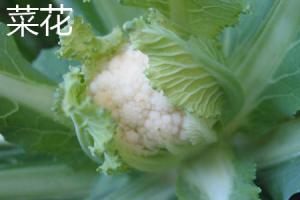What Eats Tomato Plant Leaves: Keep Your Garden Safe
Introduction
Tomatoes are a popular garden crop that require proper care to thrive. Pests and diseases are common problems that can affect the growth of tomato plants. In particular, tomato plant leaves are often targeted by pests which can cause damage to the plant. In this article, we will explore what eats tomato plant leaves and how to protect your plants from these pests.
Common Pests
There are several pests that can damage tomato plant leaves. One of the most common pests is the tomato hornworm. These large green caterpillars can quickly strip a plant of its leaves. Other pests include aphids, flea beetles, and spider mites. These pests can cause damage to the leaves by feeding on the foliage or by spreading diseases.
Preventing Damage
There are several strategies that can be used to prevent damage to tomato plant leaves. One approach is to use companion planting. Certain plants such as marigolds, basil, and borage can repel pests and attract beneficial insects. Another approach is to use row covers to prevent pests from accessing the plants. Additionally, regular inspection and early treatment can help prevent pests and diseases from damaging the plants.
Natural Control
One of the most effective ways to control pests that eat tomato plant leaves is by using natural predators. For example, ladybugs, lacewings, and parasitic wasps can help control aphids and other pests. These predators can be attracted to the garden by planting flowers that provide them with nectar and pollen. Additionally, introducing nematodes can help control soil-dwelling pests such as root maggots.
Chemical Control
If natural control methods are not effective, chemical control methods can be used as a last resort. However, it is important to use pesticides responsibly to avoid harming beneficial insects and the environment. When using pesticides, always read and follow the instructions carefully. Additionally, take precautions to protect yourself by wearing protective clothing and avoiding contact with the pesticide.
Conclusion
Tomato plant leaves are often targeted by pests that can cause damage to the plant. However, by using preventative measures such as companion planting and natural control methods, you can help protect your plants. If pests become a problem, consider using chemical control methods as a last resort. Remember to always use pesticides responsibly to avoid harming beneficial insects and the environment.

 how many times do yo...
how many times do yo... how many planted tre...
how many planted tre... how many pine trees ...
how many pine trees ... how many pecan trees...
how many pecan trees... how many plants comp...
how many plants comp... how many plants can ...
how many plants can ... how many plants and ...
how many plants and ... how many pepper plan...
how many pepper plan...






























